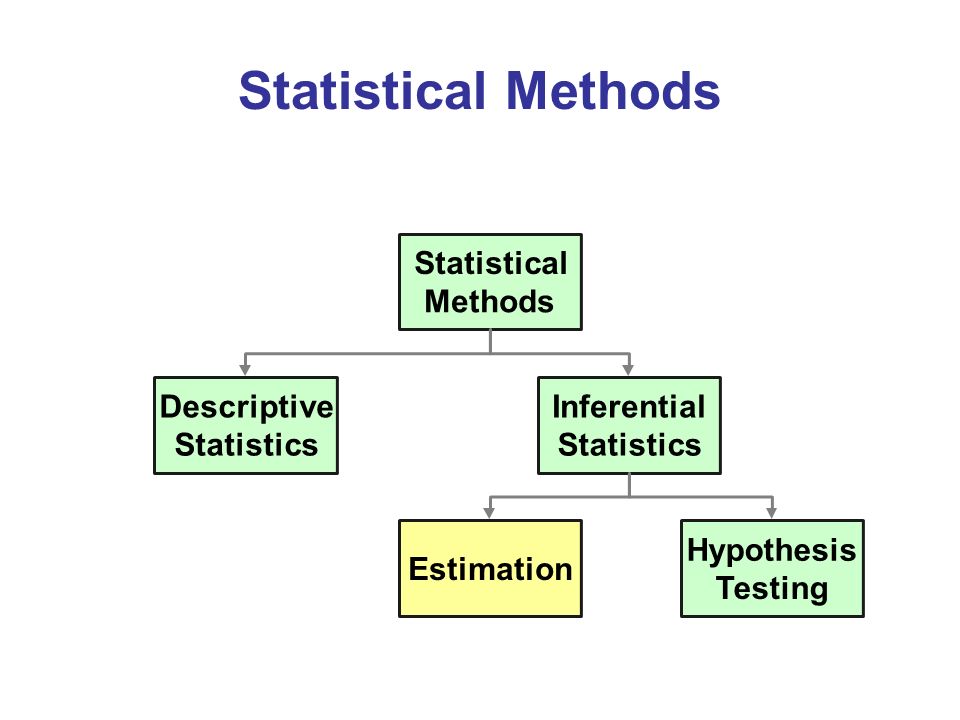Randomized response techniques (RRT) are useful for collecting information on sensitive or confidential attributes in sample surveys. However, such RRTs are rarely used except for pure academic research, as they are deemed to be confusing for respondents and difficult to be administered. Switching to an electronic medium is a solution for this. Standard electronic survey mediums lack the option of effectively incorporating a randomization device into it. This paper introduces a Shiny application that implements two popular Randomized Response Techniques, namely, Warner (1965) and Simmons (1967), to collect information on sensitive issues via electronic surveys, and save them using local or remote storage. Code and its detailed explanation has been provided for suitable use by survey statisticians and practitioners. The method suggested here can be extended to implement any Randomized Response Technique. Thus, this paper lays the groundwork of implementing RRTs as electronic surveys for widespread use by the polling industry.
翻译:随机应变技术(RRT)有助于在抽样调查中收集敏感或机密特性的信息,但这类实时应变技术很少用于收集敏感或机密特性的信息,但纯粹的学术研究除外,因为这些技术被认为对答复者来说是混乱的,而且难以管理。转换为电子媒介是一个解决办法。标准电子调查媒介缺乏将随机处理装置有效纳入其中的选项。本文介绍了一种光亮的应用,即Warner(1965年)和Simmons(1967年)两种流行的随机应变技术,通过电子调查收集敏感问题的信息,并使用当地或远程储存保存保存它们。守则及其详细解释已经提供,供调查统计人员和从业者适当使用。这里建议的方法可以推广到实施任何随机应变技术。因此,本文为实施区域应变技术作为电子调查的基础奠定了基础,供投票业广泛使用。





